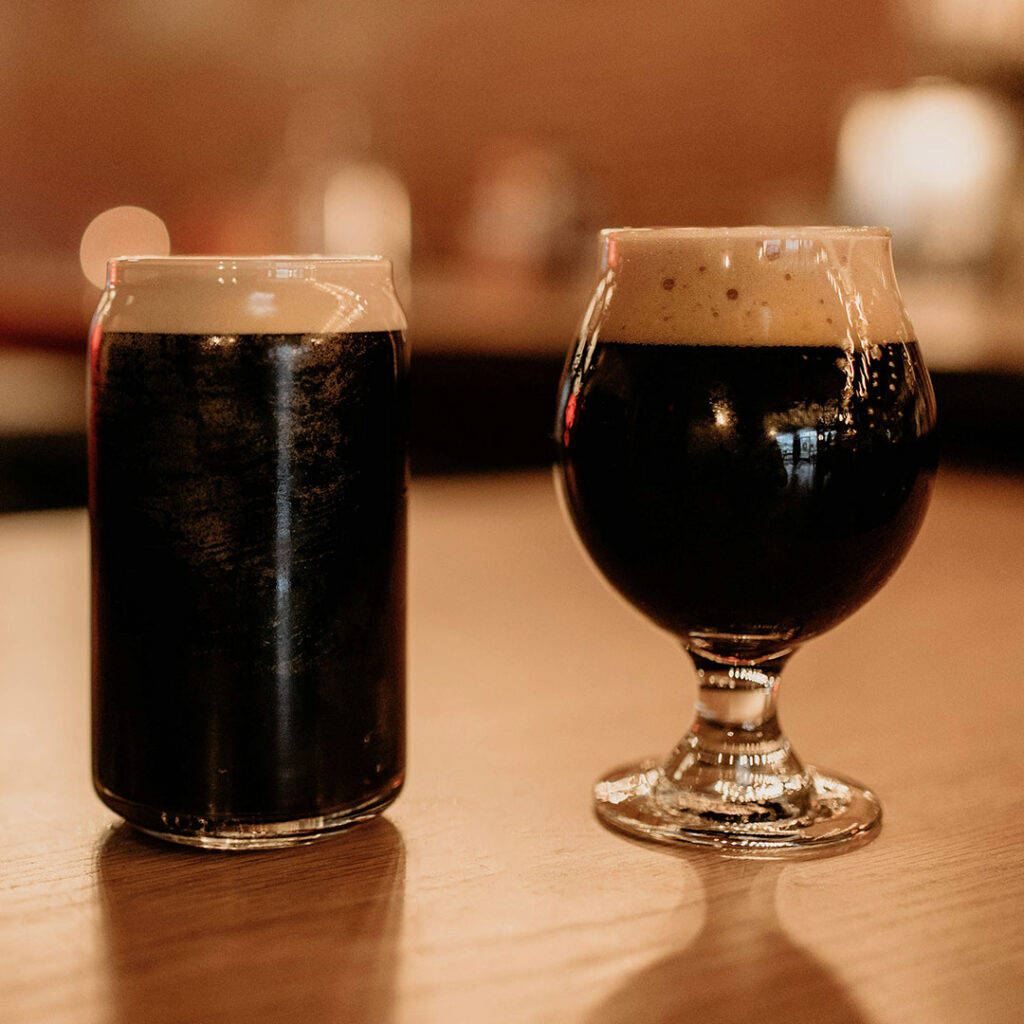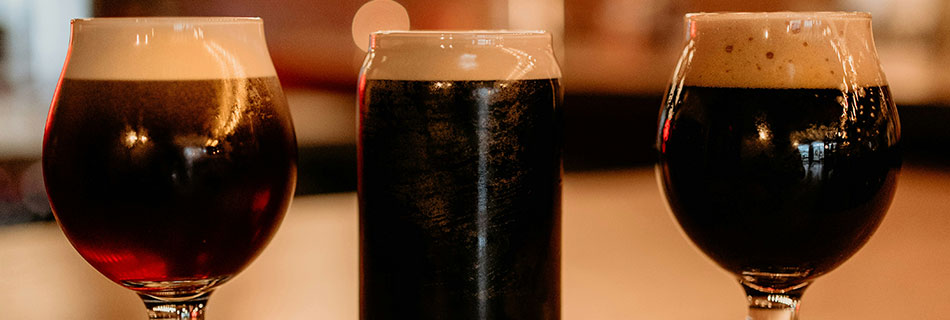Even experienced beer connoisseurs struggle to distinguish between Porter vs. Stout. To be fair, these styles share many similarities, with a significant overlap. While both are dark, rich beers with roasted flavours, their histories and brewing techniques set them apart. Let’s dive into their origins and unique characteristics.

A forgotten technique
Porter has existed since the 1700s, originally brewed with mostly brown malt. Brewers used a now-forgotten technique that kilned the malt to a darker colour instead of roasting it. Since this process preserved the malt’s diastatic power (the ability to convert starch into sugar), they could use it up to 100%. This made it an efficient and popular choice among brewers.
Today, most Porters rely on roasted malts, reaching colours of up to 1000 EBC. Since these malts provide little to no diastatic power, brewers must include a base malt – such as Ale, Lager, or Munich – to ensure proper sugar conversion. Many recipes also incorporate Caramel (or Crystal) malts for added flavour and depth. Some Porters have a smoother, sweeter profile, while others feature a dry, slightly bitter finish.
Porter vs. Stout: an evolution
Stout evolved from Porter and typically has a higher alcohol content, richer ingredients, and an even darker colour. In fact, the original term “Stout Porter” reflected these stronger characteristics. Brewers first crafted this style in London during the early 20th century, building on the established popularity of Porter.
Porters generally showcase chocolate, coffee, and caramel notes, while Stouts lean towards bolder, roastier coffee flavours. However, this distinction isn’t set in stone. Many Porters use dark roasted malts reaching 1400 EBC, while some of the biggest Stout producers prefer roasted (unmalted) barley. Ultimately, the choice lies with preference of the brewer. If you want to brew an authentic, historic Porter, try our Platinum Swaen Brown Porter.


